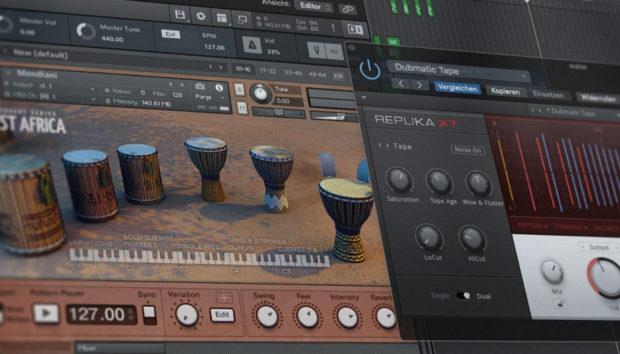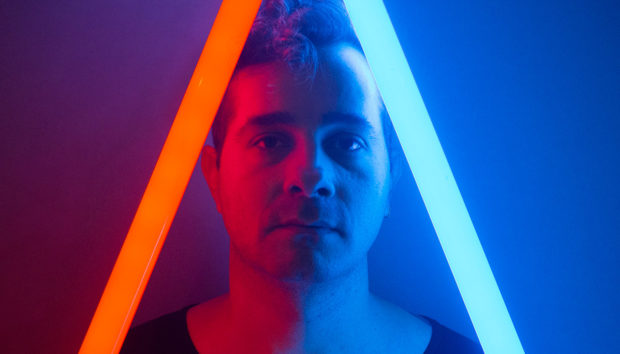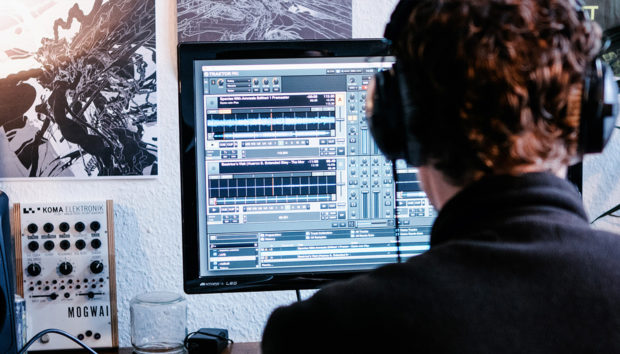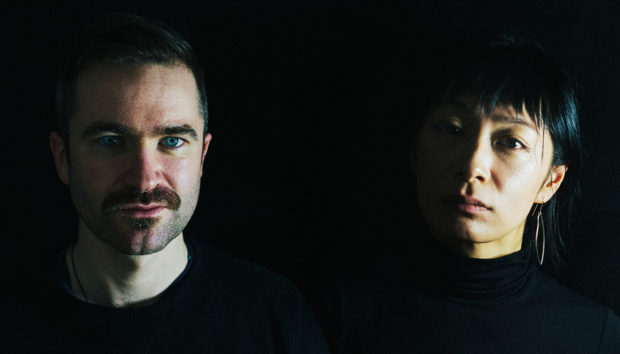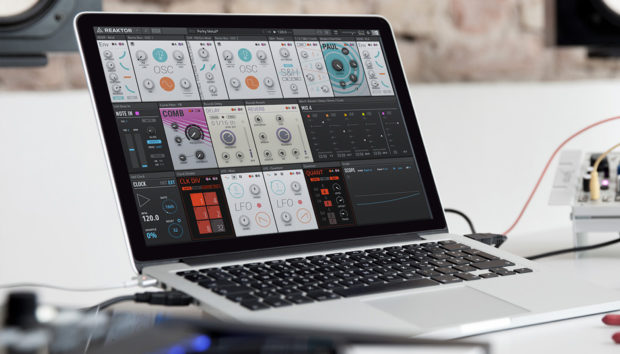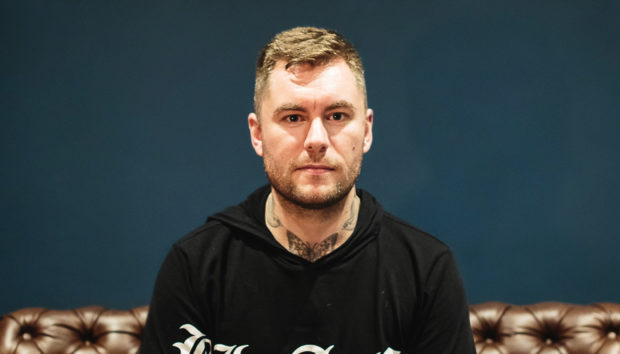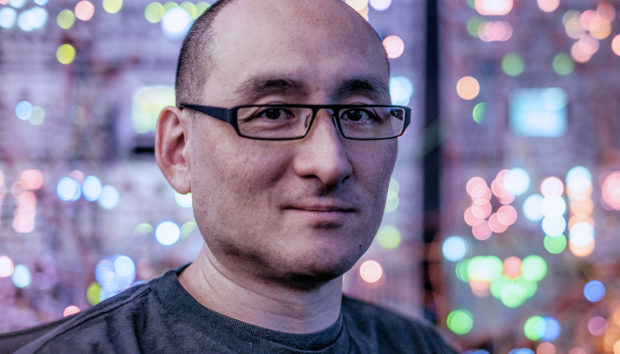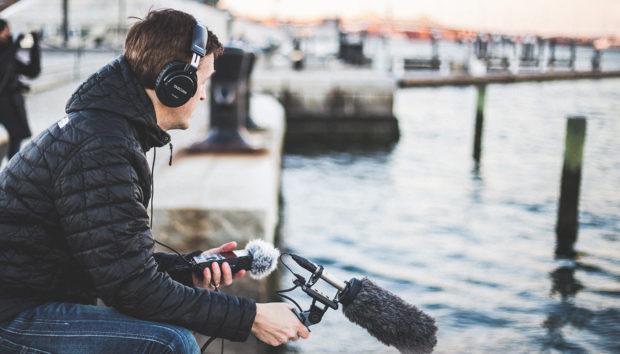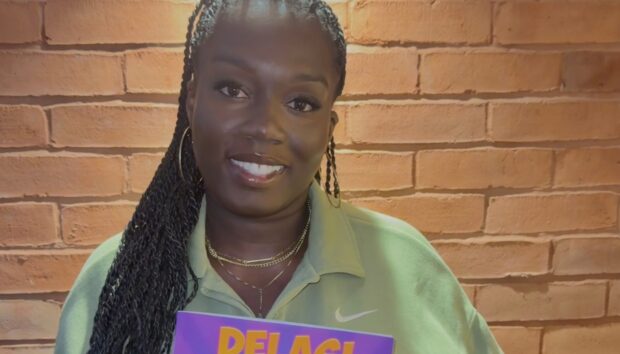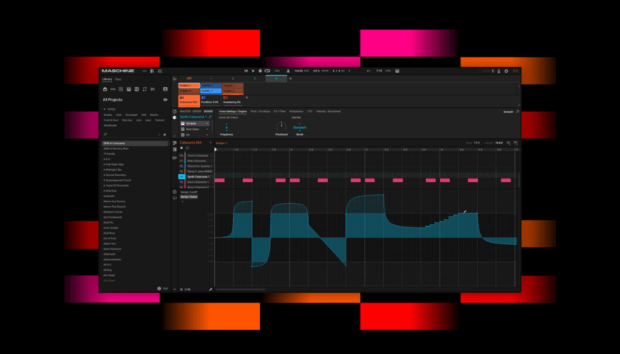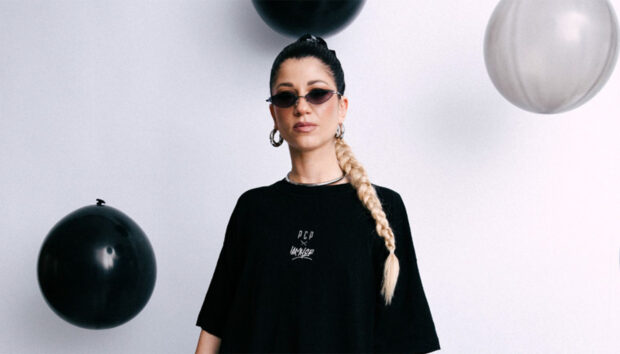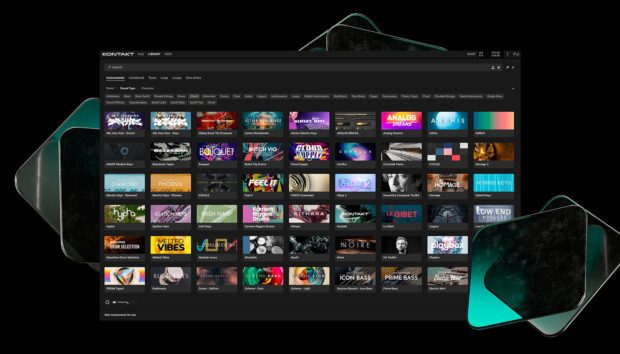Adelaide’s Avalon Kane doesn’t separate emotion from technique – instead, she uses tools that help her bypass one and surface the other. Her new single, “The Only One Who Knows Me Is Me,” launches the Dissension LP, the second half of a conceptual double album that began with 2024’s ambient and introspective Solace. Where that album was weightless and meditative, Dissension is raw and scorched, with industrial percussion, vocal manipulation, and grinding synth textures that rarely let up.
Kane’s approach to songwriting on this project shifted with the tools. She turned to Playbox: an experimental instrument for Kontakt built around randomized chord generation and layered sample triggering and not to write typical melodic techno or ambient electronica, but to translate gut feelings into full compositions without needing harmonic fluency. The result is a record that’s musically daring but emotionally immediate.
This interview focuses on how Kane used Playbox across Dissension, what it taught her about structure and instinct, and how it helped her write from a place of discomfort without losing control. She also discusses how tools like this can empower non-traditional composers to dig deeper into emotional storytelling without relying on theory or convention.
Jump to these sections:
- Why Playbox became the spark behind Dissension’s heaviest moments
- How it helped Avalon step outside of harmonic rules
- The link between emotional honesty and randomization
- Her evolving relationship with music tech and production
- How experimental tools can guide – and reflect – artistic identity
Her take on working this way doesn’t aim to sound clever and it sounds like survival. Here’s how she did it.
Can you walk me through what a typical writing session with Playbox looks like for you?
When I am writing and recording in my studio, I use Logic Pro. Playbox has been my initial instrument on any new project and idea for the past few years, as it takes a lot of the guesswork out of chord matching and allows you to focus on the sounds and feeling more than the technical side of things.
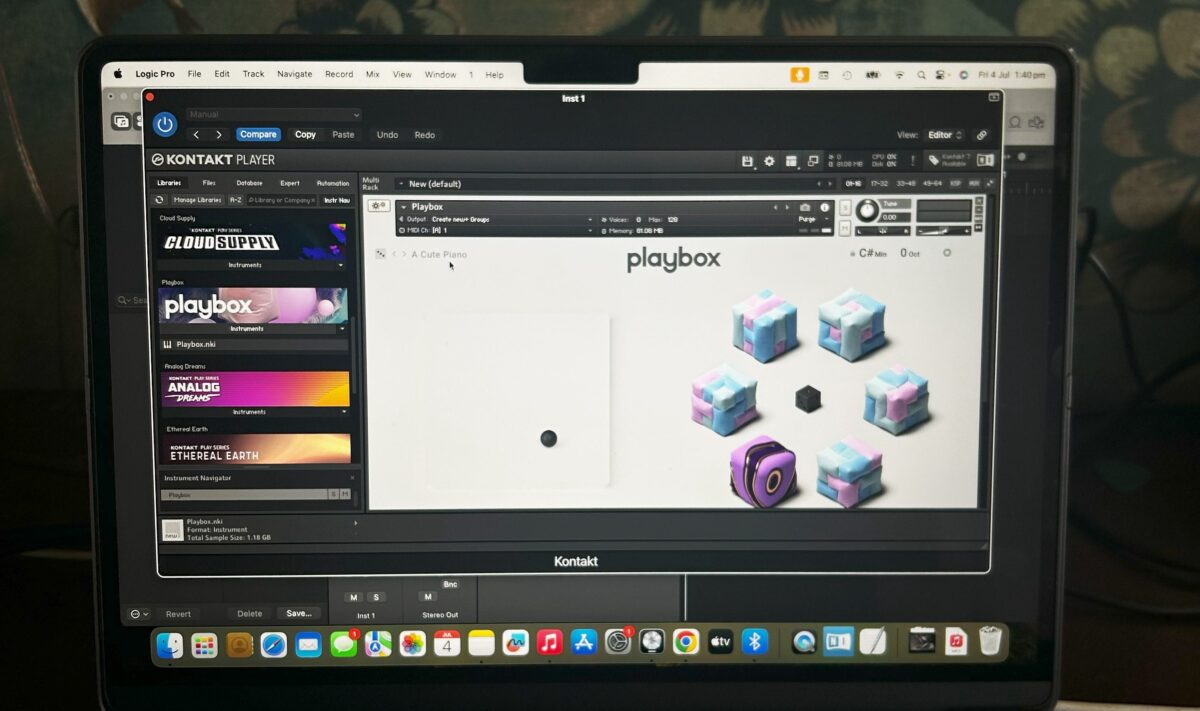
Playbox is loaded into my session, I scroll from head to toe through all the global master sounds. You can filter them, but I like to hear each one because, although I have heard them all before, the context is new, and they can take on a new meaning in a new song. In a typical session, one will stick straight away. One can also have a little bit of what you are after, and the beauty of Playbox is you can modify so much that if you hear a hint of what you like, you can build and grow from that to get the sound you need.
For this instance, we’ll go with my favorite preset out of the 322 – Genesis. That sound is from another world. Thank you to whoever designed that sound – I will love it forever! Haha. The three settings that are key for changing up the sounds are the Chords, Samples, and FX areas.
Most of the time, I find that when writing, these settings don’t need to be changed, but like most artists, you like to put your own stamp on it to make it unique to your own sound. My favorite thing to play with is the sample area. I really can spend hours changing settings and finding sounds, but when one strikes me, I go with it straight away. The beauty of Playbox is that you are only dealing with 8 keys. As an electronic artist building beats and melodies, 8 keys are so much easier to work with when making patterns and chord sequences.
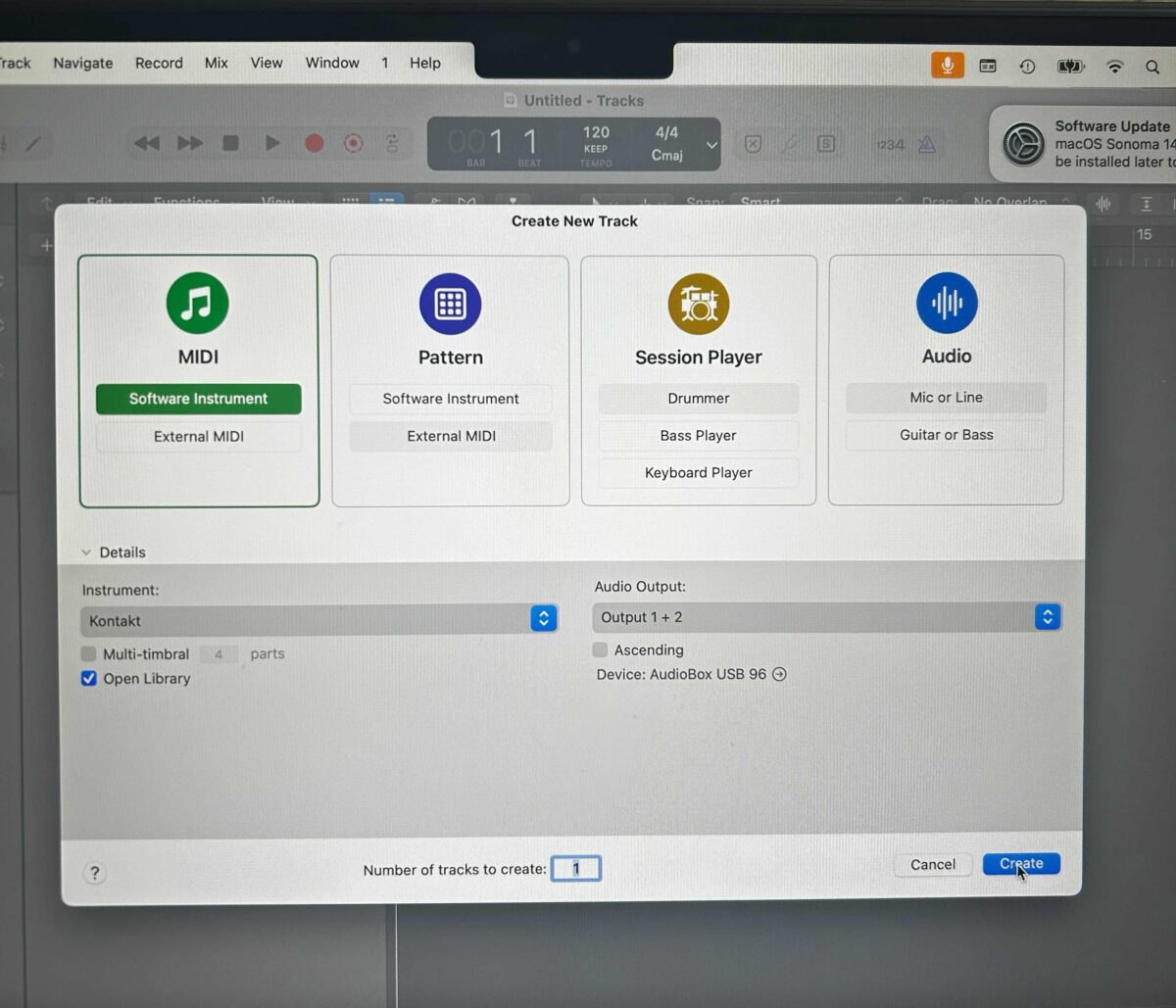
The chord settings in Playbox really are a game changer for artists who aren’t traditionally sheet music-based. I can read music, but I don’t really enjoy it. I prefer to go by ear, and I haven’t studied enough for a long enough period to know my chord progressions well. So Playbox is my little gem. The chord settings are grouped together in patterns that work. When I am writing, I will find my sound, finalize the sample settings and the FX, and then move to the chord section. I will just improvise through the chord patterns until I find the sound. It really writes songs for you, especially when you have been stuck on a song for a long time. It makes it pleasurable again!
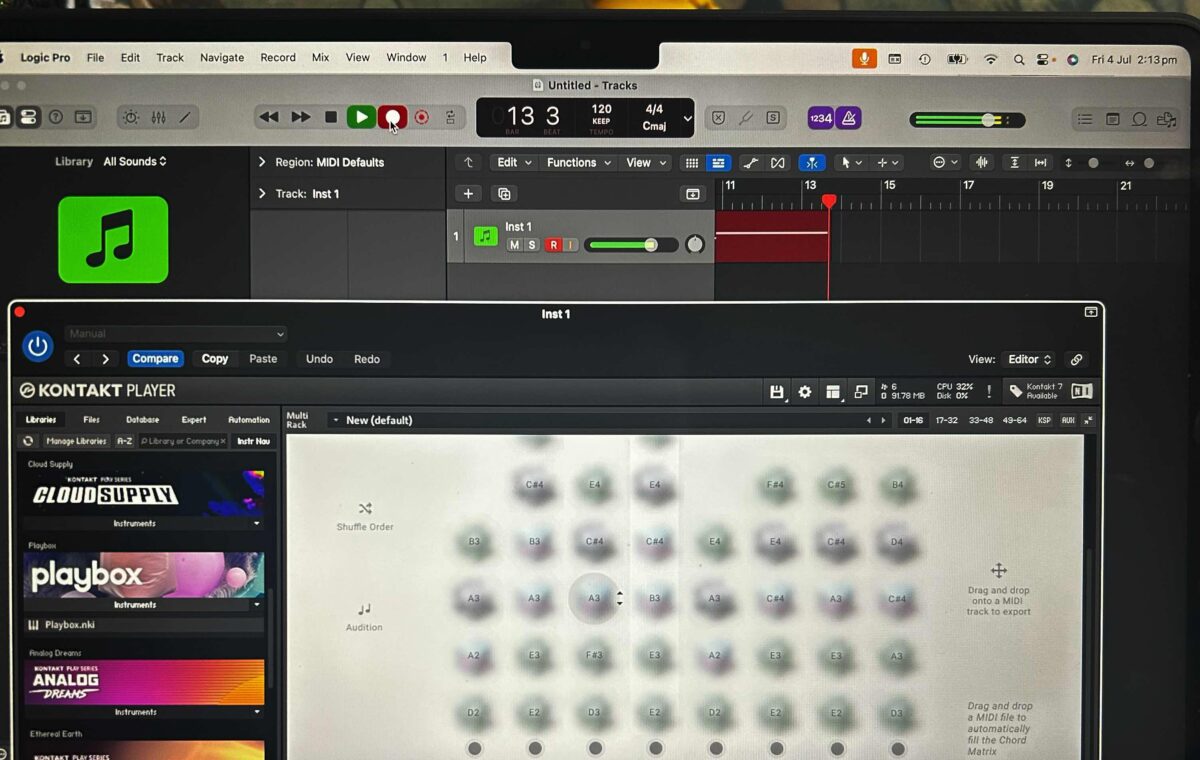
Once all my selections are in, the recording process is simple. You can use all your normal extras on Logic for editing – I like to add ARPs to the sounds too sometimes and extra filters from NI just to change it up.
Pro tip from Avalon Kane: Playbox is the ultimate chord finder and creator. It can further enhance your music study, or you can just rely on it to simplify the chord building process for a quick track turnaround. You can even take all the chords out of the settings and put in your own if you want a simple 8-key live setup without the stress of memorizing chord patterns – it will run it for you once you have loaded it up, and all you have to do is press a key and the chord will play. Set it up and it will do the rest!
Do you ever try to reverse-engineer what Playbox is doing – figure out the theory – or do you prefer to stay in feel mode?
I am totally a feel person. Music theory is not my thing.
If I can avoid any type of theory and just get to the feels, that is what I do. That is why Playbox is such an important tool for me, as I don’t need to unpack tech and navigate a world that is foreign to me. I would find some artists, and most definitely producers, would love to break it down to understand the cogs and gears; however, most creatives want to shadow what is in their heads quickly. In the earlier days of my career, I had tried to convey to people in the studio what I wanted to hear, do, and arrange – however, it never mirrored my vision as only I know what I want.
I didn’t have the technical skills to navigate that world. Playbox has given me so much more confidence. I know if I put the work in with it, I will get the results I want.
Pro tip from Avalon Kane: A trick is to have fun trying to make bass beats out of any of the preset sounds in Playbox, not just the drum instruments. That is what I did with “Acid Etch.” I like my drums to have a sound effect vibe and be a little odd. Add arp from Logic to the sound effects and play around with the mod settings in the FX area. You never know what might pop off and stir up some trouble in a good way! evolving-relationship-with-music-tech
Are there specific moments on Dissension where you can point to Playbox as the harmonic backbone?
There are a few actually! One I will always remember. I had written the lyrics to “Red” and had been struggling with arranging the music to it. I even went to a studio and spent some time with a producer to work on it, but it just went backward. The more I pushed to get it done, the worse it went. I hadn’t been using Playbox very long, but I decided to have a session on it in my studio to see if I could crack it. I had been working for an hour or so with samples and chords, and then it hit. I heard the chords to “Red,” and I was done. The arp was on for some reason too, and that cemented it.
I used six layered Playbox presets on “Red.” They sound so magical. My favorite, Genesis, was used in four layers. I mixed it differently in every layer to create a different, yet bonding tie. It is such a sound. I shuffled (the little dice icon next to the tools) the sounds and instrument styles in chord layers to create each unique layer. I used “Instant Pop” for the base arp beat layer. That was an instant yes and the most pivotal moment for the introduction to the song. When I heard that sound I knew it was perfect, and the creativity just rolled from there. “Kinda Blu” added a detuned ghostly piano effect which made it a touch supernatural.
Like the whole theme of “Red.”
Pro tip from Avalon Kane: The best thing about Playbox is that when you find your set of chords and sounds, you can then keep the chords and build on the sounds by changing the samples and the FX. “Acid Etch” was built entirely with Playbox, as were “Sever” and “The Only One Who Knows Me Is Me” on my latest album, Dissension.
Are there any misconceptions you’d love to clear up about what it means to be self-taught in 2025?
Self-taught can have a lot of branches. Many people who are self-taught live and breathe music and have a solid work ethic and desire to learn. They will do everything they can to make that happen. They might not always be musically gifted, but the creativity is there. That innate emotion for sound.

For me, I am completely self-taught on the synth, which then translated to the piano. However, I did take guitar lessons from age 10 until I was a teenager and learned how to read simple sheet music. I struggled with sheet music. I could do it, but there was a lot of pressure to always get it right. I didn’t really enjoy playing other people’s songs. In hindsight, now, I understand why I am a songwriter and only really love to play my own songs. I understood that when I took lessons later in life as a hobby, my teacher at the time had a little music studio, and I was more interested in that!
To be completely honest, I would have loved to have studied music in high school; however, I was told that senior music involved playing sheet music perfectly and there was not a lot of room for improvisation, so I felt deterred from it after year 9 as I didn’t want to embarrass myself. Instead, I decided to go the fun route, and I got a little keyboard synth and played my own arrangements and sounds at home when I felt like it. No one told me what to play. If I wanted to play a loud, long drone up at full pitch, then I could. I wasn’t going to fail a class because I couldn’t play a song perfectly.
I really wish there were more avenues for people just to experiment and not have this regimented music system. It really was the same for my fashion design career too! I couldn’t draw, so I knew I wouldn’t be accepted to fashion school either. It seems silly that creative pursuits must be bound in a way that prevents thinking outside the box.
Now I do both careers in my own way. I am a fashion stylist for the alternative underground scene – doing things my way. I am an avant-garde musician – self-taught on the piano and synth – realizing that there is a place for me amongst the many talented artists in the world.
What mindset do you try to hold onto when you’re exploring new tools like this – especially when it feels overwhelming?
It takes time to make it work your way. Someone, or a group of people, have developed this incredible tool the way they see fit. They can’t make it work perfectly to fit everyone. If you view every tool like that then you can adapt and find your flow with it. I still find new things to explore with Playbox just when I think I know most of it! That’s what I love about it.
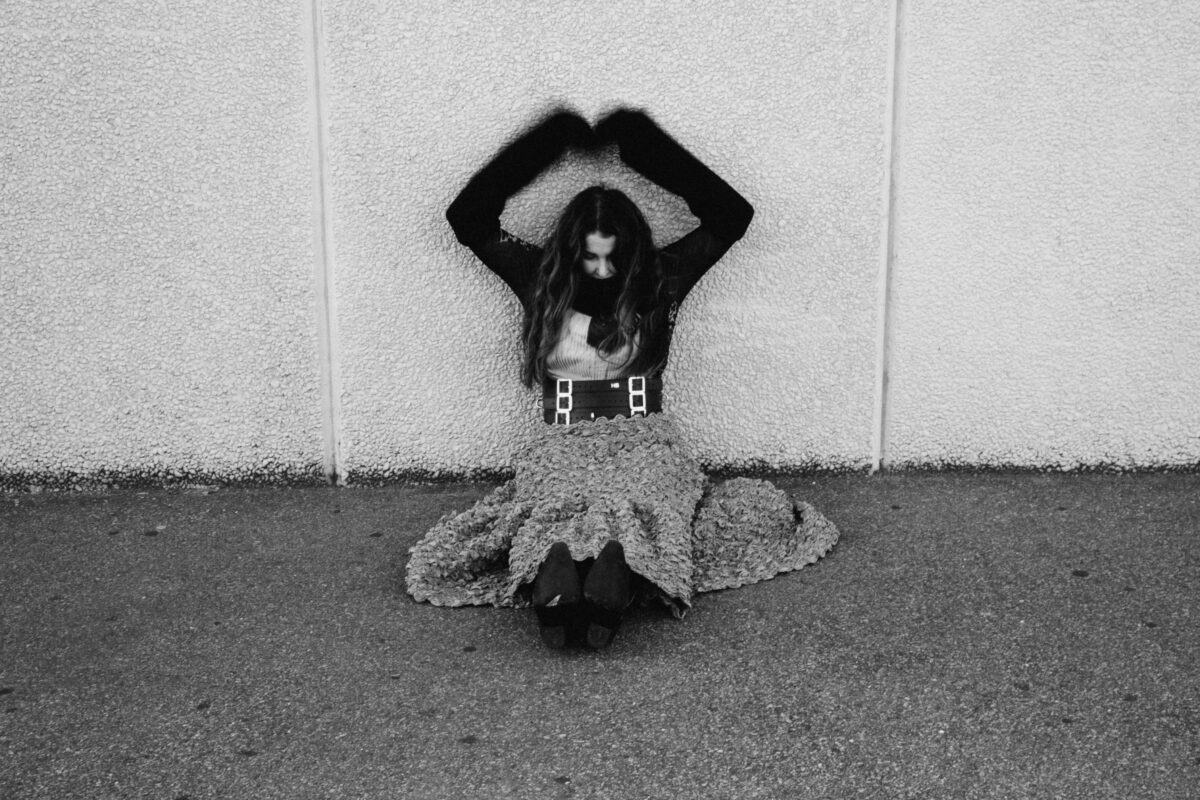
As artists, we grow and learn continuously, so what we may not have been competent with 12 months ago suddenly will open in front of us as something usable and relevant in our new work. That is why it’s important to keep going back to tools and exploring them further as you progress in your career. It’s also about taking a risk, trying something a different way with a toolkit, that can sometimes be a treasure.
Pro tip from Avalon Kane: One big tip when using multiple layers of a Playbox preset sound is to make sure Playbox is closed when you are copying lines. Open Playboxes can change previous lines, and I’ve had a bit of chaos just being lazy and not sticking to my routine of copy, close, and reopen in the new line in Logic before changing settings to vary them for a new sound of the same instrument.
Also, if you find an experiment you like when shuffling dice in your sound areas, save it! It is hard to find again if you lose it, as there are thousands of variables. Save your sounds.
What’s the biggest creative unlock Playbox has given you that you wouldn’t have found any other way?
The chord patterns and the ability to transcribe the chord patterns to my upright piano. It seems like a simple thing that many artists would take for granted, but I rely on Playbox to take my music further. When I have finished a chord pattern, I will take note of each chord line from the ones I have used in my track. I then can break them down and create solo parts with lead keys separately. You can load your own separate keys into the chord keys too, which is another major function of the Playbox toolkit. It then takes me to the piano.
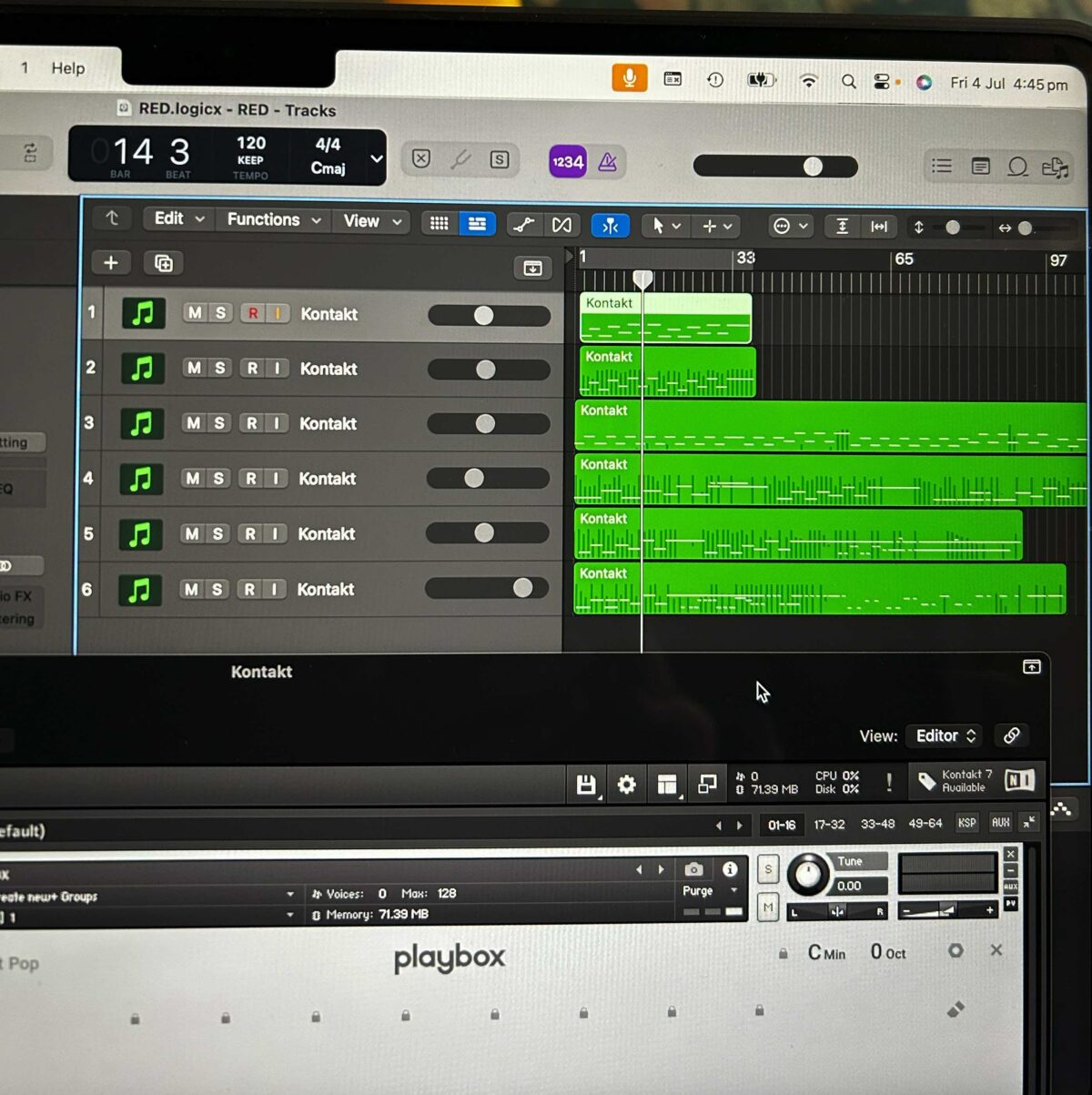
I always try to create a stripped-back piano version of the song just for future reference or recording. Playbox has enabled me simpler chord cross-referencing – it cuts so much time out of fiddling around with unnecessary chord patterns – I just am able to get on with my project quickly and efficiently. Plus, I am so much happier when things come together. The program will help me build a track in the way I want, and I don’t get frustrated by wasting time. The way I write, the way my songs sound, Playbox is the ultimate tool that will never let me down.
Thank you so much for having me. Playbox has been an absolute game changer for me, and I am so grateful that it exists!
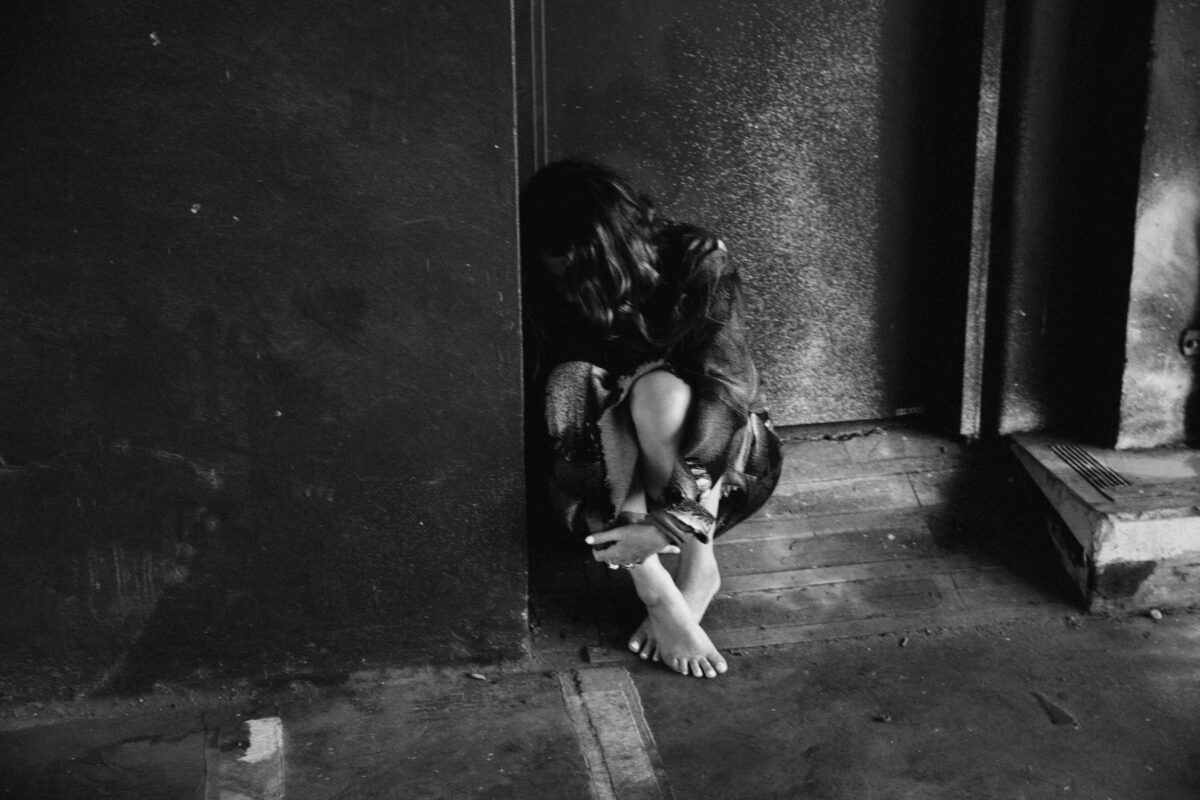
Wrapping it all up
Big thanks to Avalon Kane for breaking down how Playbox became a creative partner throughout Dissension. The instrument shaped her entire process. In a project driven by emotional extremes, Avalon leaned on Playbox not for technical accuracy, but for honesty. And in doing so, she found a method that let the chaos speak clearly.
As more artists seek ways to bypass rigid structures and follow their instincts, Playbox remains one of the rare tools built for that exact purpose.
